Decoding the Facts: Clear Choice Failure Rate - What You Need to Know
In the ever-evolving landscape of dental care, making informed choices about dental implants is crucial for long-term success.

Handwriting without tears is a method that is used to help young children learn how to write. This method is based on the premise that all children can learn to write if they are taught in a way that is developmentally appropriate.
No matter how hard she tries, it can be an uphill battle. However, don't despair yet – there is a way to make the process easier and more fun. You are introducing Handwriting without Tears: all the information you need to help your child learn to handwrite easily.
Table of contents [Show]
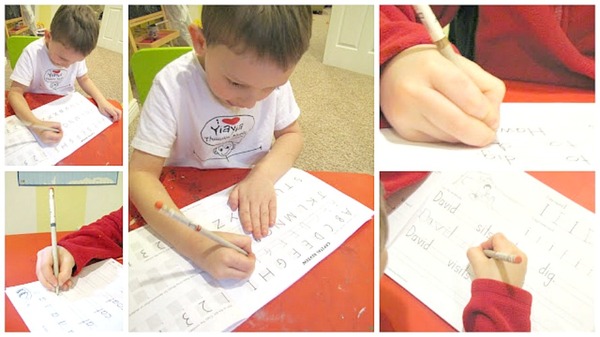
Handwriting Without Tears (HWT) is a collaboration of educationalists, pediatricians, neurologists, and psychologists that has developed multisensory methodologies to teach handwriting. It is a program specifically designed to help children successfully acquire the skills needed for standardized writing. The approach used in Handwriting Without Tears is developmentally appropriate, easy to teach, and easy to learn.
The program consists of engaging activities designed to help children develop good motor strength and coordination and gross motor coordination. At the same time, they learn the letters of the alphabet in capital and lowercase form. It also teaches basic strokes that eventually develop into cursive writing. The program features songs, music, and rhymes to help improve memory skills while giving children enthusiasm and love for handwriting.
Other aspects of Handwriting without Tears include:
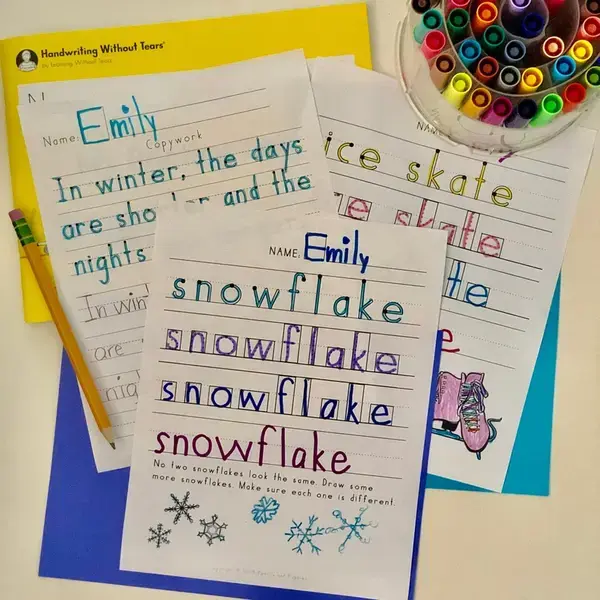
Handwriting without Tears (HWT) is an innovative curriculum to help children develop the skills needed for handwriting success. HWT teaches preschoolers through fifth graders how to form letters using a revolutionary technology that uses tactile, motor, and visual pathways for maximum comprehension. This comprehensive program combines fun, developmentally appropriate activities and materials to inspire children to use their best handwriting in their work.
The curriculum provides a variety of benefits, including easier letter formation and greater ease with writing overall. Kids learn how to hold pens or pencils properly, which often reduces fatigue as they write. Not only does this program increase letter formation proficiency, but it also helps children build focus and draw attention to tasks from day one so that they can write sentences on their own in no time.
The skill sets taught in HWT also apply beyond the classroom by making it easier for children of all ages to read and comprehend what they see on the page. Improved phonemic awareness helps kids learn phonics more quickly so they can jump into reading quickly after mastering writing basics. Children learn to better organize their thoughts with well-constructed sentences, which helps them become successful students, employees, and citizens as they continue through life.
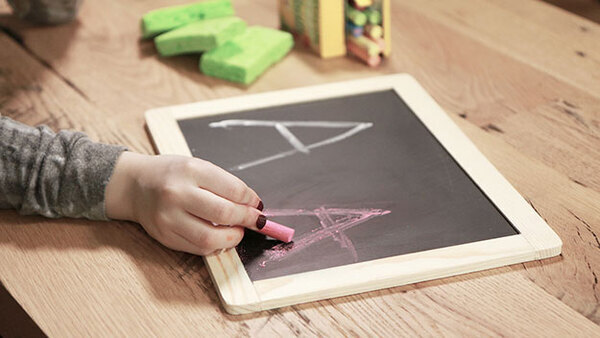
The Handwriting without Tears curriculum is designed to provide a comprehensive approach to teaching handwriting. Its philosophy is based on the belief that children can form letters fluently and easily if they can grasp fundamental concepts. Teachers who use this program will find a variety of strategies and activities available to assist in providing an effective and engaging handwriting lesson plan.
Some of the key instructional strategies to consider in your Handwriting without Tear's instruction are:
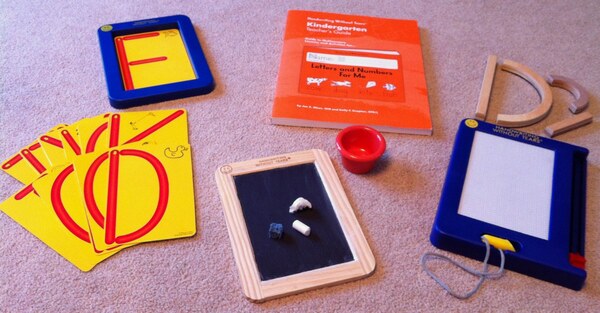
Handwriting without Tears is a comprehensive handwriting program for preschool through fifth-grade students. The program focuses on developing children's knowledge & skills in handwriting, letter formation, and proper pencil grip.
To make the most of this program, there are a few materials that you need:
By gathering these resources beforehand, teachers will have everything they need to make the most out of this proven method of teaching handwriting across many settings!
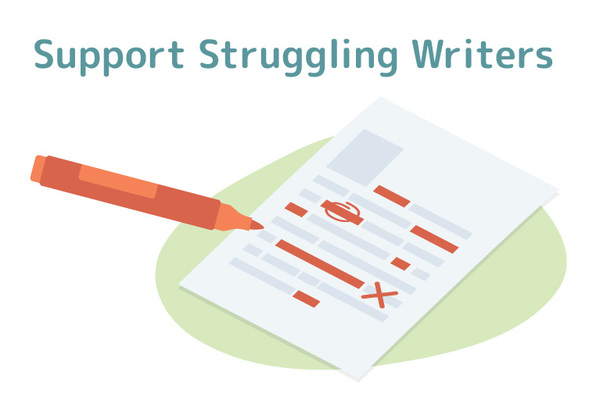
It is widely accepted that the Handwriting Without Tears curriculum is the best way to support children struggling with handwriting. This program was developed by an occupational therapist and is widely accepted as an effective way to teach handwriting skills.
Several critical aspects of this program are essential to understand. These include specific materials, large letter cards, multisensory learning methods, and cursive writing instruction in the early grades. Along with these core features, a few other practices can be particularly helpful in helping children who struggle with writing.
By applying these strategies along with Handwriting Without Tear's instruction, educators can make processes related to handwriting much easier and more successful for their students!
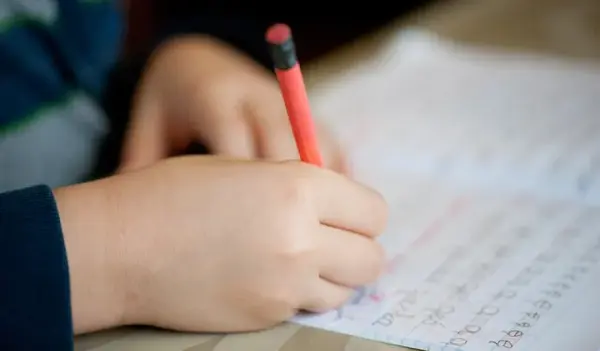
Although Handwriting without Tears (HWT) is a widely used system for teaching and helping children develop their writing skills, it can sometimes become difficult to diagnose problems with the method. This can be especially true if the student has been using HWT for some time and needs to produce results. To identify and solve any issues, it's essential to focus on two areas: handwriting practice techniques and proper tools for writing.
Handwriting Practice Techniques
HWT recommends that each lesson include five elements – review, model, practice, share, and celebrate – for students to obtain the most out of their sessions. Each of these components must be included in every trial exercise for them to learn effectively. You must ensure that your students have mastered these steps through diligent practice when addressing handwriting techniques.
Proper Tools for Writing
In addition to following the five elements listed above, it's essential to supply children with the proper implements to write comfortably. Important tools such as
Help keep their paper at an optimal angle so they stay energized when writing or practicing letters and shapes; guide them through proper stroke formation; help them easily place their lines together; and ensure they have enough power while gripping.
While there are many troubleshooting methods you can use when working with Handwriting without Tears (HWT), focusing on these two areas will ensure your students can progress quickly from one level of instruction to the next. With quick action and a few simple solutions, you'll be confident knowing your student is receiving all the help needed for successful handwriting development!
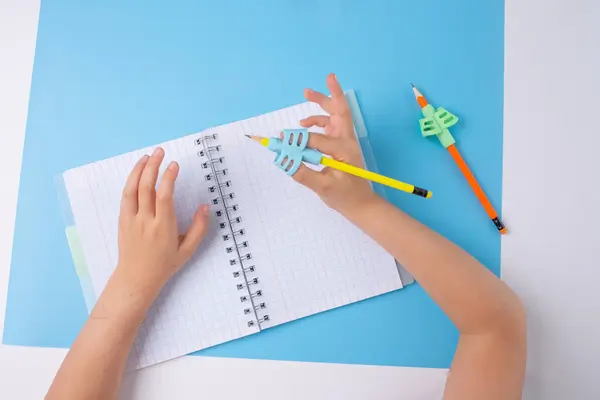
The Handwriting without Tears (HWT) program is a comprehensive language arts curriculum developed in the late 1980s. It is based on the belief that teaching children to write using natural, developmentally appropriate methods is possible. It has grown in popularity and is used in various learning environments, including public and private schools, homeschools, tutoring centers, and special needs programs.
The Handwriting without Tears curriculum includes instruction in
It also provides fun learning activities such as games, music, and art projects to promote skill acquisition. While developing these skills can be challenging for any student, there are ways to adapt the program for special needs students who may have difficulty with some of these things.
For example, some of the materials with the program can be adapted for those with sensory issues or vision problems; books may be enlarged or printed on different colored paper to accommodate various disabilities. Motor-skill-related activities may be modified by simplifying them or providing additional instruction before embarking on a project; visual perceptual tasks may benefit from adaptive tools such as puzzles with larger pieces or big book sets designed specifically for young readers with visual impairments. With accommodations like these and a caring teacher's guidance, many students can participate fully in this educational program while ultimately mastering the handwriting skills necessary for success in school and beyond.
The Handwriting without Tears program has been designed to develop better hand-eye coordination and motor skills in children of all ages and at all skill levels. Its multisensory approach and correlating materials allow teachers and parents to help children learn to write neat and legible letters effectively. The program is not just about handwriting—it's about developing the fine motor skills necessary for other activities such as weaving, buttons, zipper manipulation, drawing, cutting, coloring, and so on.
The program is highly structured with incremental stages that can be adapted for children with difficulties and those ready for more challenging activities. It also assesses readability through its paper evaluation system, allowing parents to see how well their child writes without additional tests or assessments in a classroom setting. Furthermore, teachers can use this assessment system by easily tracking progress over time.
Overall, The Handwriting without Tears is an effective strategy that enables children of all abilities to successfully engage in strengthening the pre-writing skills needed for improved handwriting as they build self-confidence in their abilities.
A multimodal approach to teaching and correcting handwriting is used in Handwriting Without Tears. With the use of several tactile exercises, this method teaches kids how to form their letters.
Children can learn to write letters with the aid of Handwriting Without Tears®. The program caters to all learning styles, including kinesthetic, visual, and auditory learners. It enhances letter formation, body awareness, spatial awareness, and fine motor skills.
Students move to the slate's top, place their somewhat damp sponge cube between their thumb and index finger, and "draw" their chalky capital letter with the sponge. They now possess a "wet" letter. They should do this while following the Handwriting Without Tears' recommended letter-formation sequence.
Although most of the multisensory manipulatives and music in this program are suitable for teaching handwriting readiness to 3-year-old children, it is intended for children aged 4-5.
Others exclaimed, "Hold your tongue!" If it's okay with you, we'll burn the house down.
In the ever-evolving landscape of dental care, making informed choices about dental implants is crucial for long-term success.
Discover the unique journey of 'Navigating Life's Beauty: A Cute Girl with Bad Eyesight' - a captivating tale of resilience, redefined style, and the triumph of character where imperfections shine brilliantly.
If you want to withdraw your Coinbase account to your PayPal account, you've come to the right place. Follow these simple steps, and you'll have your money quickly.


